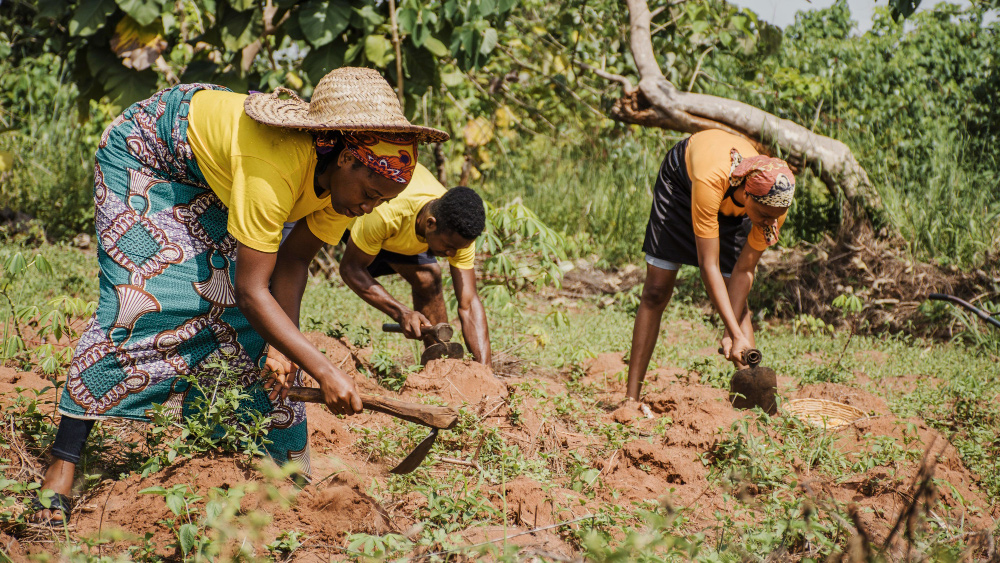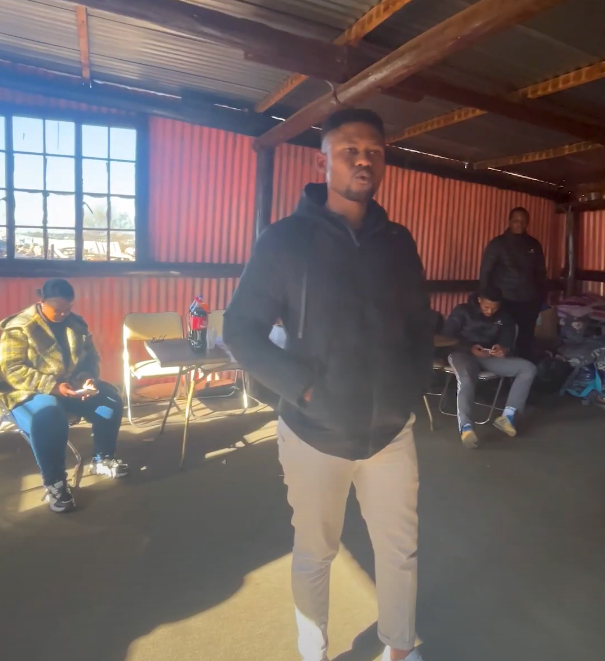Meet your skills development and B-BBEE goals, without breaking the bank
In conversation with Etienne Steffens and Thinus Oelofse of Training Force
Skills development and B-BBEE compliance remain non-negotiables for South African businesses. But in 2025 one theme has repeatedly come up in our client conversations: shallower pockets and smaller training budgets. That doesn’t mean the work stops, it just means companies need smarter, more practical ways to meet targets while protecting cash flow.
Training Force’s solutions team Thinus Oelofse (Regional Head) and Etienne Steffens (Skill Solution Specialist) sat down to unpack the year’s challenges and show how a thoughtful, relationship-first approach turns a “grudge purchase” into measurable value.
This year many clients told us the same story: training budgets were cut or suspended, SETA grants were slow, and finance and HR often weren’t speaking the same language. HR teams focused on headcount and upskilling; finance teams watched the bottom line. The result? Opportunities to use incentives such as the 12H allowance and the Employment Tax Incentive (ETI) were being missed.
“HR will tell us: ‘We don’t have budget.’ Meanwhile the finance team sits in another room and doesn’t tell them they could reduce tax through the right learnership structure,” says Etienne. “There’s simply not enough cross-department knowledge,” adds Thinus.
That gap is costly: rushed purchasing decisions, one-off learnership splurges that deliver poor long-term results, and training providers that demand upfront payment, all of which undermine sustainable outcomes.
Training Force’s answer is simple but deliberate: educate clients, build trusted relationships, and sell solutions, not just courses.
- Close the knowledge gap: Training Force doesn’t only train learners; we upskill clients too. By explaining how incentives work (12H, ETI, SETA grants), we help HR and finance teams see training as a strategic investment, one that reduces tax burden and starts returning value in months, not years.
“If you can show ROI within six months, you get buy-in, and that changes the tone of the conversation,” says Thinus.
- Meet clients where they are financially. We understand cash flow pressures. Unlike many providers who demand payment up front, Training Force leverages its corporate backing to offer flexible invoicing tied to funding tranches and realistic payment plans, reducing the month-to-month impact on a client’s P&L.
“We can accept a little more risk and spread payments so clients aren’t forced into a disruptive cash-flow decision,” Thinus explains.
- Design the right solution (not the biggest one). The team emphasises discovery before delivery. Instead of pitching a one-size-fits-all package, Training Force maps the client’s objectives, asks what ROI looks like for them, and builds a targeted learnership or skills programme that aligns with both B-BBEE and business outcomes.
“We’re not salespeople pushing products, we’re solution developers,” says Etienne. “If the client wants a Rolls-Royce for a Polo price, we’ll be honest and find a middle ground.”
- Build trust through people. Marketing creates awareness, but people build trust. Training Force is increasing visibility of the client-facing teams so businesses recognise the individuals behind the service. Case studies, thought leadership and relationship marketing help prove credibility in a market where reputation matters.
“People engage with people. If they trust the person on the ground, they’ll explore unconventional solutions with us,” says Jason.
Beyond tax savings and compliance, the team never loses sight of the bigger picture: learners whose lives change. Learnerships create career pathways, improve household livelihoods and strengthen communities. That social ROI sits beside the financial one, and both matter.
“This work gives individuals a better chance at a future. It affects households, communities and the economy,” Etienne says.
If there’s one principle that underpins Training Force’s approach it’s this: be honest and know your stuff. That combination builds long-term relationships, mitigates risk for clients and ensures training is a genuine investment, not a once-off cost.
“I’d rather walk away than promise something we can’t deliver,” Thinus says. “Knowledge with honesty and integrity is the basis of everything we do.”
Need help turning your training budget into measurable ROI? If you’re facing budget pressure but must still meet skills development and B-BBEE targets, Training Force can help you map incentives, design learnerships that deliver ROI, and structure payments to protect cash flow. Get in touch to speak with one of our solutions specialists and see how a tailored approach can make a real difference.











